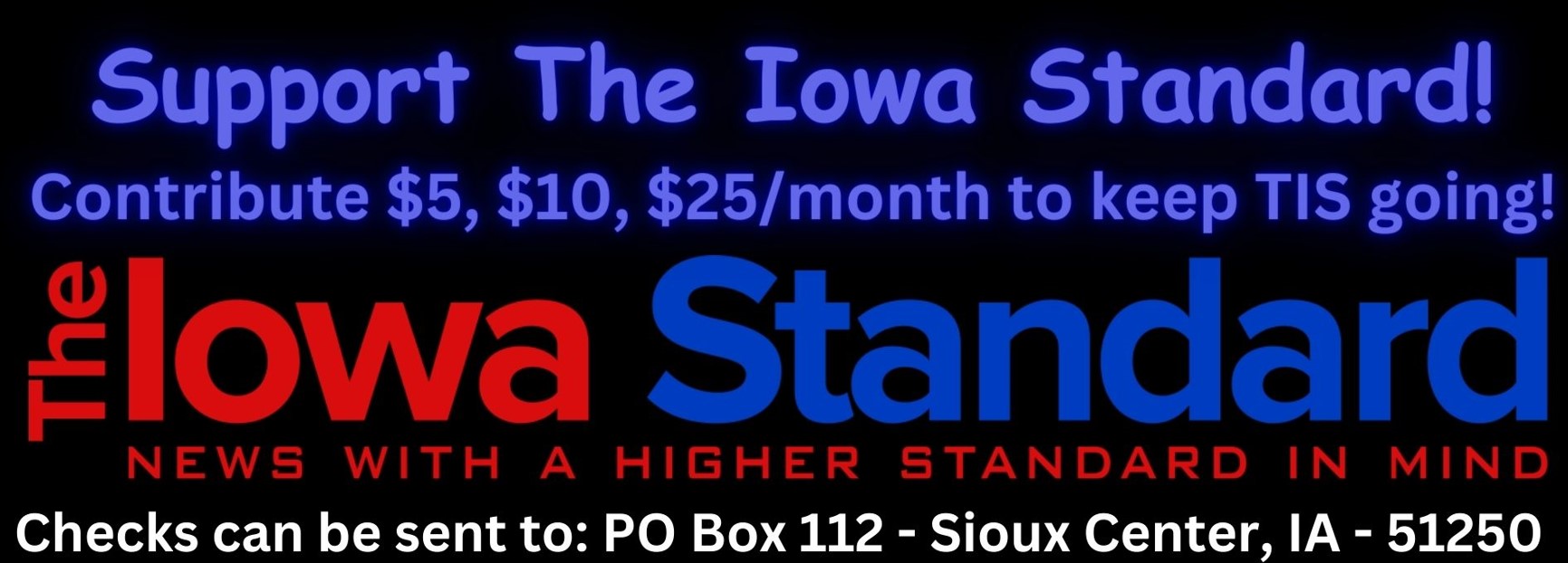Sens. Chuck Grassley (R-Iowa) and Mike Braun (R-Ind.) introduced bipartisan legislation to codify rules directing hospitals and insurers to disclose cash prices and negotiated rates to patients before they receive medical care. The Health Care PRICE Transparency Act 2.0 stems from policies implemented via executive order in 2019, and builds on a bill and related effort Grassley pushed last Congress.
“Patients should be able to compare and shop for health care services. However, the pricing information they need when visiting the hospital or working with insurance companies isn’t always available. By strengthening transparency and accountability requirements, our bill would help lower costs for patients through more competition and added sunlight in the health care industry,” Grassley said.
“It’s wrong that the same procedure can be 20 times more expensive in one hospital than in another, and there’s no other industry where consumers are in the dark on the price of what they’re buying. Knowing what health care services cost will lower health care prices because Americans can shop around and get the best deal rather than relying on insurers to negotiate with providers which drives the price up for everything. The Health Care PRICE Transparency Act 2.0 will pull the curtain back and put the power back in the hands of the American people, introducing real market competition into the health care industry and bringing down prices,” Braun said.
Grassley and Braun are joined by Sens. Bernie Sanders (I-Vt.), John Hickenlooper (D-Colo.) and Tina Smith (D-Minn.).
Key Provisions of the Health Care PRICE Transparency Act 2.0:
- Require publication of machine-readable files of all negotiated rates and cash prices – not estimates – between plans and providers.
- Require publication of the actual prices for 300 shoppable services by 2025.
- Expand price transparency requirements to include clinical diagnostic labs, imaging centers and ambulatory surgical centers.
- Enhance enforcement mechanisms by increasing the maximum annual penalties for noncompliance to $10 million, with ceilings and floors determined by the number of hospital beds in a facility.
- Provide group health plans the right to access, audit and review claims encounter data.
- Prevent pre-emption of state price transparency laws, except for ERISA group health plans.
- Codify the Transparency in Coverage (TIC) rule.
















